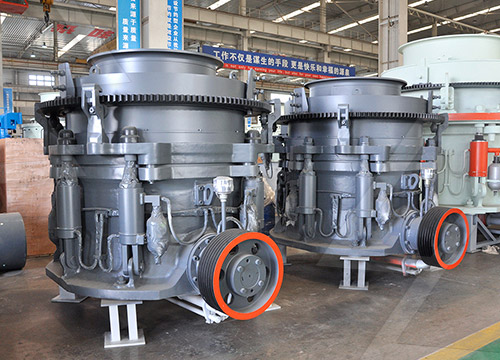The reduction ratio for crushers is a key parameter that indicates how much the size of the input material is reduced by the crushing process. It is typically defined as the ratio of the feed size (largest particle dimension before crushing) to the product size (largest particle dimension after crushing).
.jpg) Types of Reduction Ratios:
Types of Reduction Ratios:
1. Theoretical (Maximum) Reduction Ratio – Based on crusher design and chamber geometry.
2. Actual (Effective) Reduction Ratio – Achieved in real-world operations, often lower due to material properties and operational conditions.
Reduction Ratios for Common Crushers:
| Crusher Type | Typical Reduction Ratio |
|———————|————————|
| Jaw Crusher | 4:1 to 6:1 (up to 8:1 in some cases) |
| Gyratory Crusher | 4:1 to 8:1 |
| Cone Crusher | 3:1 to 6:1 (fine crushing), up to 10:1 for tertiary applications |
| Impact Crusher (HSI/VSI) | 10:1 to 20:1 (or higher for VSI) |
| Roll Crusher | 2:1 to 4:1 |
| 2:1 to 4:1 |
| Hammer Mill | 10:1 to 20:1 |
Factors Affecting Reduction Ratio:
– Feed size and hardness
– Crusher type and design
– Closed-side setting (CSS) in cone & jaw crushers
– Rotor speed in impact crushers
– Moisture content and abrasiveness of material
Calculation Formula:
\[
\text{Reduction Ratio} = \frac{\text{Feed Size}}{\text{Product Size}}
\]
*(Where both sizes are measured at the largest dimension, e.g., top particle diameter.)*
Would you like more details on a specific type of crusher?





Leave a Reply